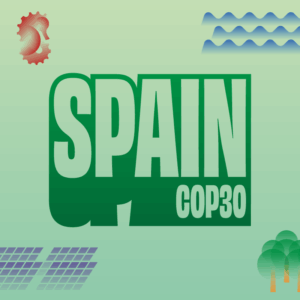Today is World Wetlands Day, which takes place this year under the theme “Wetlands for Disaster Risk Reduction”, with the aim of helping to raise awareness and promote the sustainable use of our wetlands.
World Wetlands Day is celebrated every year on 2 February to raise awareness around the world about the value of wetlands. Wetlands are a very heterogeneous and unique set of ecosystems straddling land and water, areas with saturated soils or areas that are briefly flooded seasonally, intermittently or permanently, and that are distributed throughout the world and in any type of biome.
Wetlands are, for example, lagoons, deltas, lagoons, floodplains, mangroves, peat bogs, wet meadows, located in tropical zones, in temperate latitudes, in circumpolar areas, in continental or coastal areas. Their hydrological particularities (they are ultimately dependent on water) make wetlands among the most complex, productive and dynamic, although also the most fragile, ecosystems on the planet. They are also some of the most productive and biodiversity-rich ecosystems on Earth, being home to numerous threatened species.
Spain stands out for the great variety of types of wetlands present in our territory, many of them of International Importance included in the Ramsar Convention. Thus, at the moment there are 74 Spanish wetlands included in the Ramsar List, which positions us as the third country in the world by number of wetlands included in this List, only behind the United Kingdom and Mexico.
World Wetlands Day was first celebrated in 1997. Each year, a theme is selected to help focus attention on one of the essential values and functions of wetlands.
The frequency of natural disasters in the world has more than doubled in just 35 years, an increase that is mainly due to extreme weather events (the frequency of disasters of geological origin remains stable). According to UN-Water, 90% of natural hazards are water-related. The Intergovernmental Panel on Climate Change (IPCC) predicts that there will be even more extreme events in the future as a result of climate change.
When an extreme weather event occurs, healthy wetlands work by absorbing some of its impact, reducing damage. They act like natural sponges, absorbing and storing excess rainfall and thus reducing flooding. During the dry season, they release stored water, delaying the onset of droughts and reducing water scarcity.
Maintaining healthy wetlands and restoring degraded wetlands is the best measure of protection against extreme weather events. Well-managed wetlands ensure the resilience of the environment and the communities that inhabit it, as well as their ability to recover from disasters.













